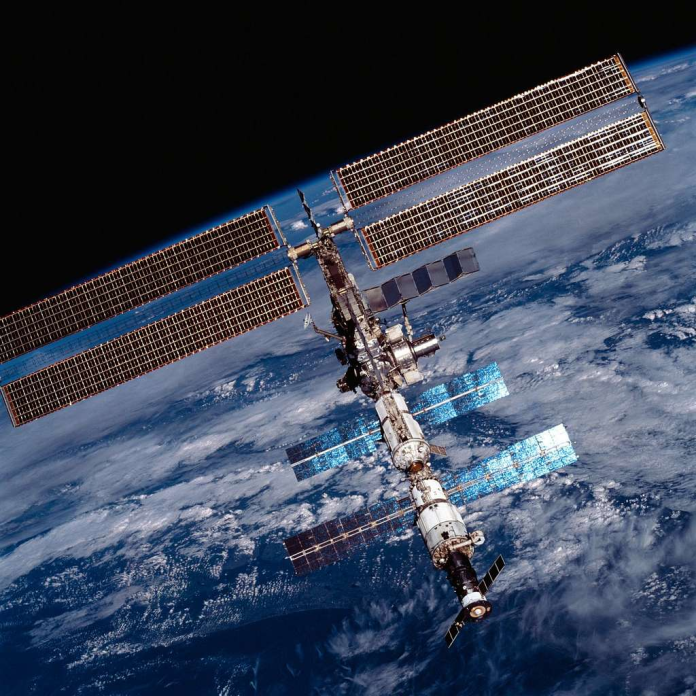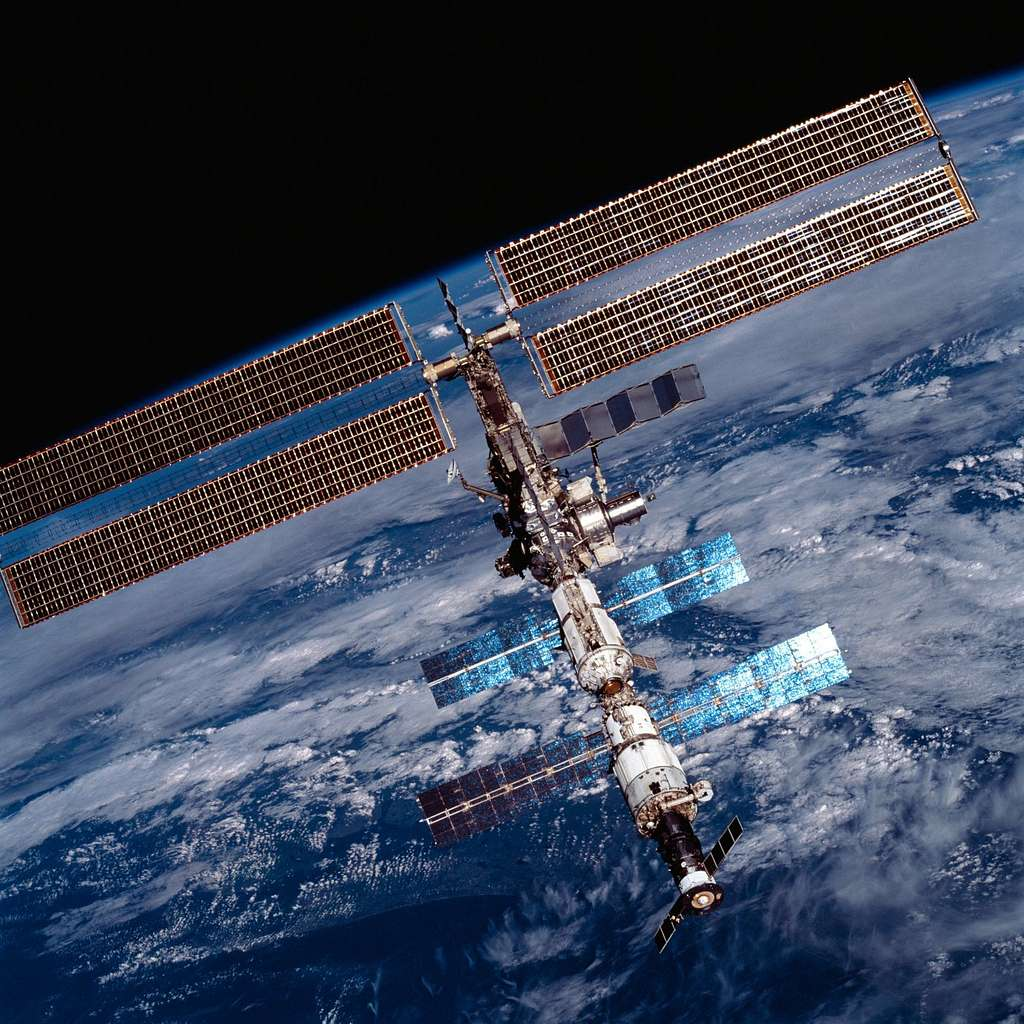
When SpaceX’s Dragon capsule came back from the International Space Station with 6,700 pounds of experimental equipment, it was not only bringing cargo it was bringing a sneak peek of the technologies that will define the next generation of spacecraft, orbital robotics, and space-based sensing. From radiation-hardened materials to autonomous tentacle-armed robots and real-time hyperspectral imaging, the mission’s payload presented a unique convergence of engineering advances.
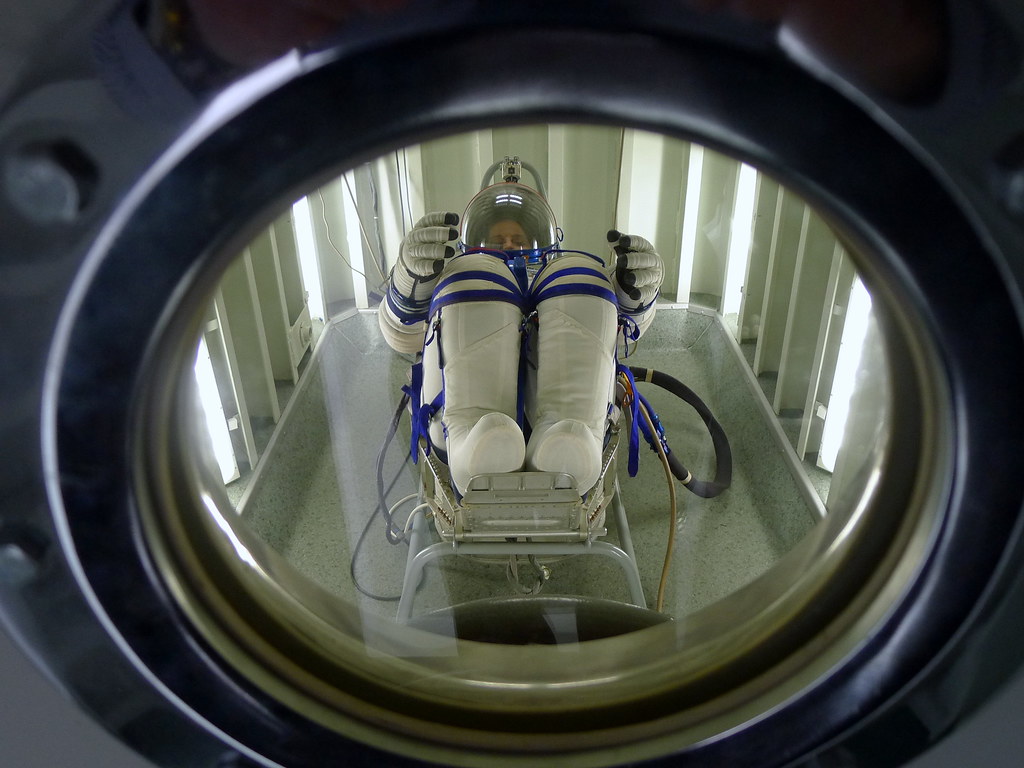
1. Pushing the Envelope for Spacecraft Materials
The MISSE‑20 (Materials International Space Station Experiment) panel exposed next-generation materials such as radiation shielding composites, solar sail films, and high‑temperature ceramics to the space vacuum, atomic oxygen, and far‑greater thermal cycling. Deep‑space missions require such testing, where the prevailing radiation environment, galactic cosmic rays (GCRs), may approach energies of 10²⁰ eV and penetrate most standard shielding.
Radiation protection is limited by mass and secondary particle creation. Monte Carlo transport code tests by Geant4 have indicated that Nomex, Kevlar, and polyethylene can reduce proton flux but also produce secondary neutrons that add to dose. In a test in orbit, Kevlar reduced dose equivalent as much as 55% to 10 g/cm² thickness similar performance to polyethylene but provided better impact resistance for micrometeoroid and debris protection. The MISSE‑20 findings will guide the design of multi‑functional spacecraft skin and storm shelter applications where mechanical integrity, thermal control, and radiation shielding need to be traded off.
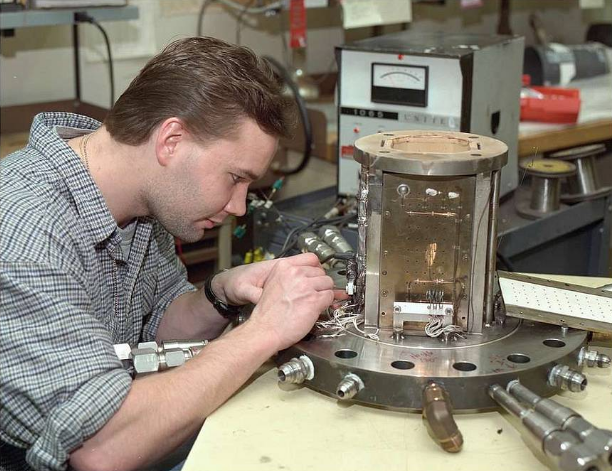
2. Heat Shield Engineering Beyond Earth Orbit
The degradation information from MISSE‑20 also informs the design of next‑generation heat shields. Ceramic matrix composites that were tested on the ISS are being explored for reusable atmospheric entry vehicles, where oxidation and thermal shock resistance are paramount. Engineers are simulating how microcracking during repeated thermal cycling might degrade ablative performance and using ISS exposure data to check the predictions of models before committing materials to crewed Mars‑class flight missions.
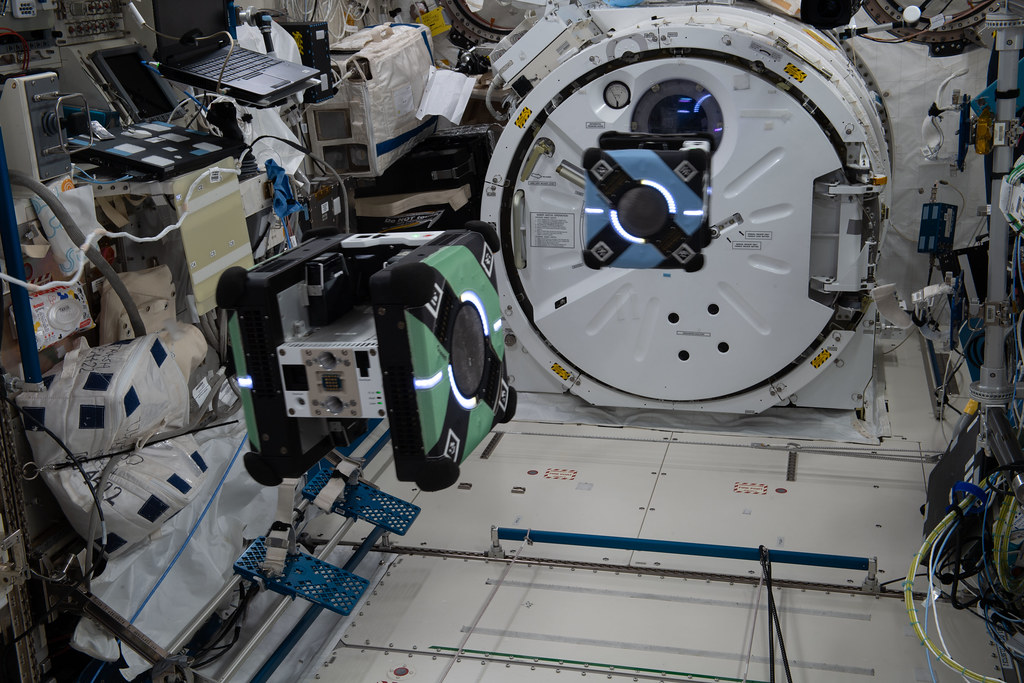
3. Astrobee-REACCH: Robotics for a Crowded Orbit
The Astrobee‑REACCH system added NASA’s free‑flying Astrobee robots with tentacle‑type manipulators that were fitted with gecko‑inspired adhesive pads. In microgravity tests, the system proved capture of free‑floating objects with diverse geometries and surface finishes in a secure manner.
This solution touches on one of the most difficult challenges of orbital servicing: capturing non‑cooperative, possibly tumbling objects without applying destabilizing forces. Biomimetic adhesion enables contact without mechanical latching, avoiding the hazard of surface damage. As described in orbital servicing research, manipulators have to contend with both cooperative satellites with grappling fixtures and debris with no captured points designed into them. REACCH’s compliant tentacles increase the capture envelope to objects up to 6.5 meters diameter, a size appropriate for defunct upper stages and large telescopes.
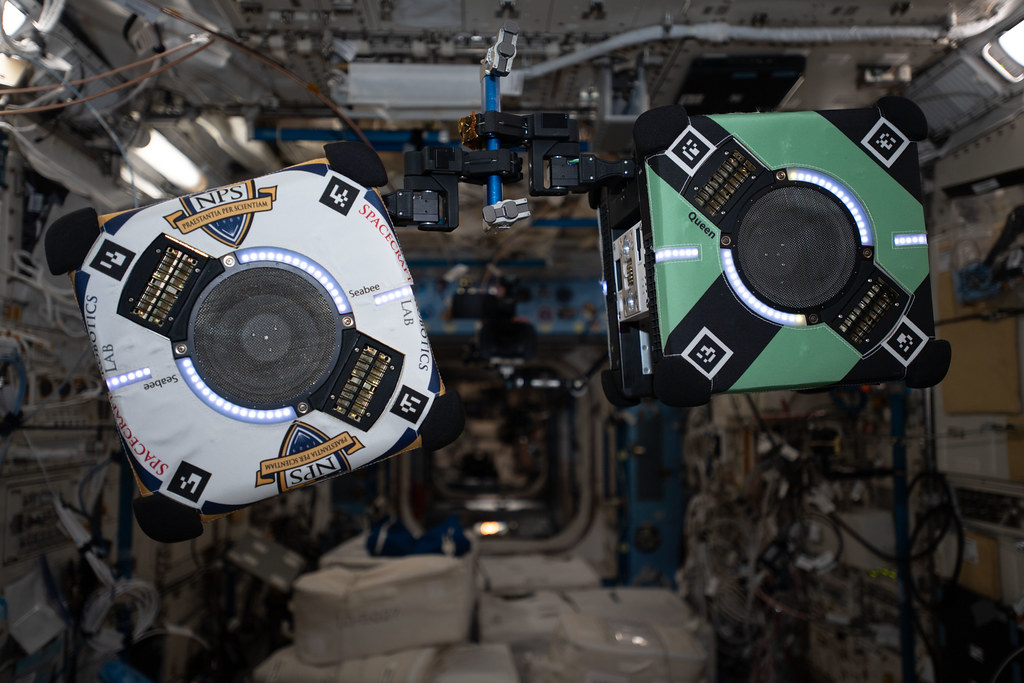
4. Control Strategies for Autonomous Capture
Outside of hardware, the REACCH trials are a testing ground for control algorithms. Free‑flying robots have to control their own attitude while balancing a caught mass, usually with unknown inertia characteristics. Adaptive sliding‑mode controllers and geometric tracking algorithms, validated in simulation for on‑orbit servicing, are contending candidates for future Astrobee missions. These controllers can reject disturbances and converge to stable configurations within bounds of time important for preventing collisions in crowded orbital shells.
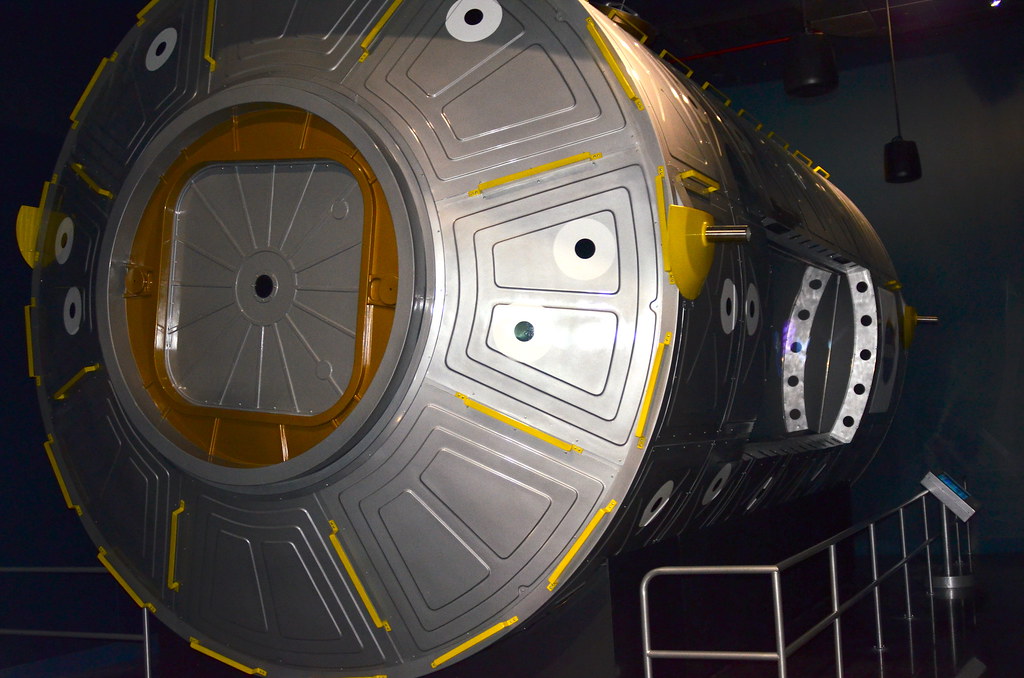
5. From ISS Lab to Orbital Debris Removal
ISS demonstrations mirror advancements such as Kall Morris Inc.’s Laelaps spacecraft, scaling up the tentacle‑and‑adhesive approach for autonomous debris removal in low Earth orbit. With more than 44,000 objects larger than 10 cm being monitored and millions of pieces less than 10 cm, active debris removal is transitioning from concept to operational imperative. ISS‑based testing confirms end‑effector designs and contact dynamics in actual microgravity prior to investing in free‑flying missions.
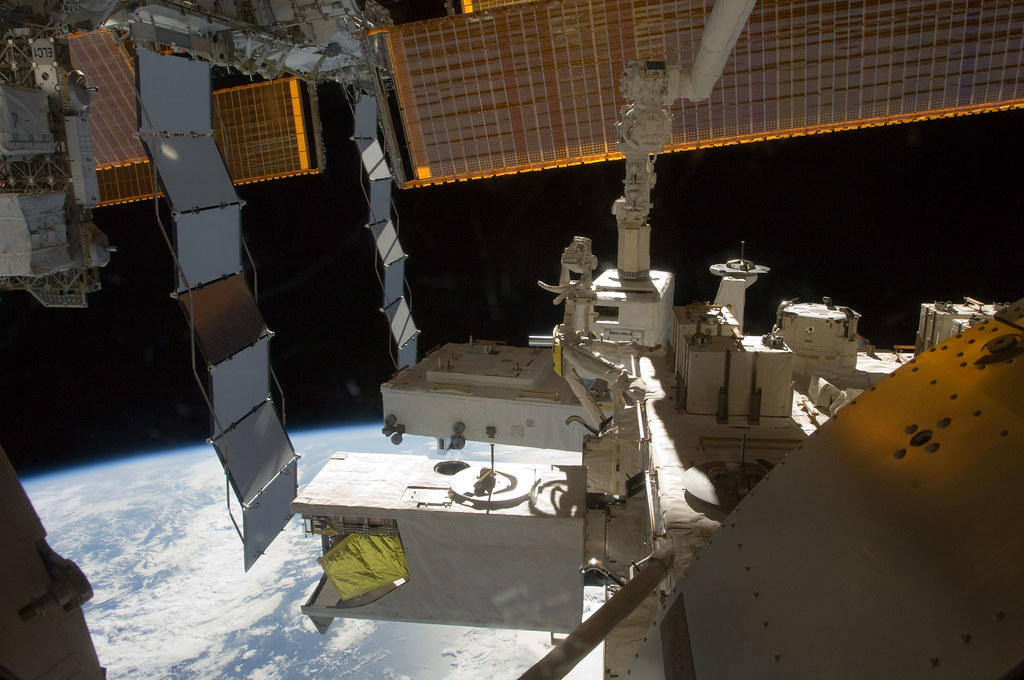
6. OPTICA: Hyperspectral Imaging at the Edge
The OPTICA (Onboard Programmable Technology for Image Compression and Analysis) experiment addressed a different bottleneck: volume of data. Hyperspectral imaging takes hundreds of nearby spectral bands per pixel, generating “data cubes” that can saturate downlink capacity. OPTICA’s onboard compression algorithms lowered bandwidth demands while allowing near‑real‑time transmission.
Hyperspectral technologies have been essential for uses ranging from precision ag to disaster relief, sensing sub‑visible stress in crops or delineating flood extent by examining spectral signatures. On orbit, the same ability can sense algal blooms, monitor wildfire spread, or evaluate post‑disaster damage to infrastructure. By moving processing into the sensor, OPTICA compresses latency from collection to actionable insight essential in time‑critical situations.
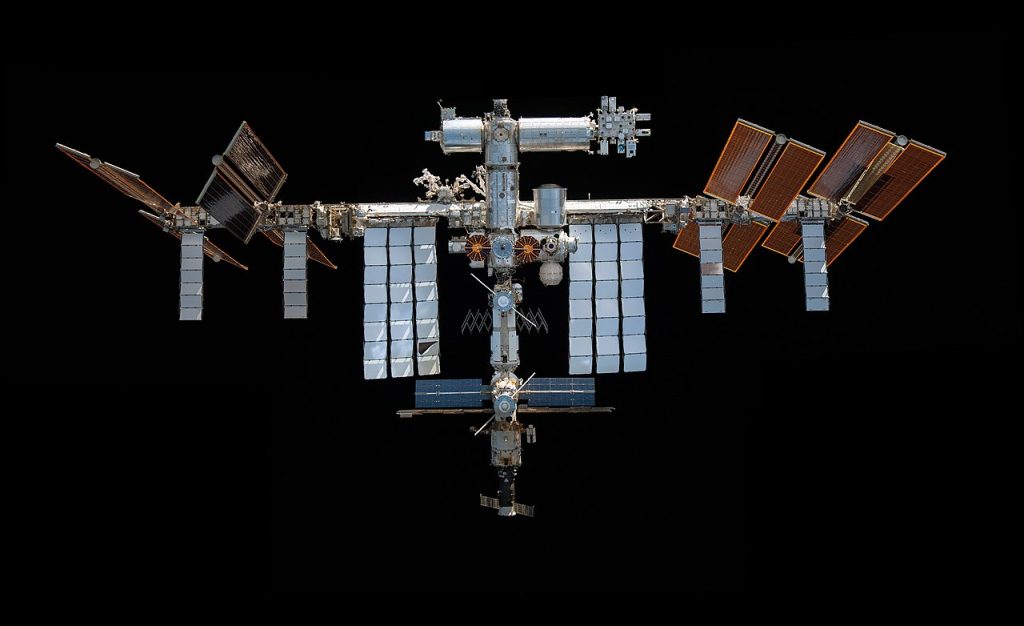
7. Engineering Hyperspectral Systems for Space
Hyperspectral imagers on spacecraft have to deal with platform motion, thermal drift, and radiation-induced sensor degradation. OPTICA’s year-long deployment on the ISS supplied performance information under such conditions, influencing optical assembly design, calibration procedures, and radiation‑hard electronics. Satellites typically employ pushbroom spectrometers, which achieve high spectral resolution but need accurate motion compensation; snapshot systems sacrifice some resolution for the capability to record transient phenomena without scanning. The ISS performance will inform trade‑offs on future missions that must balance fidelity with responsiveness.
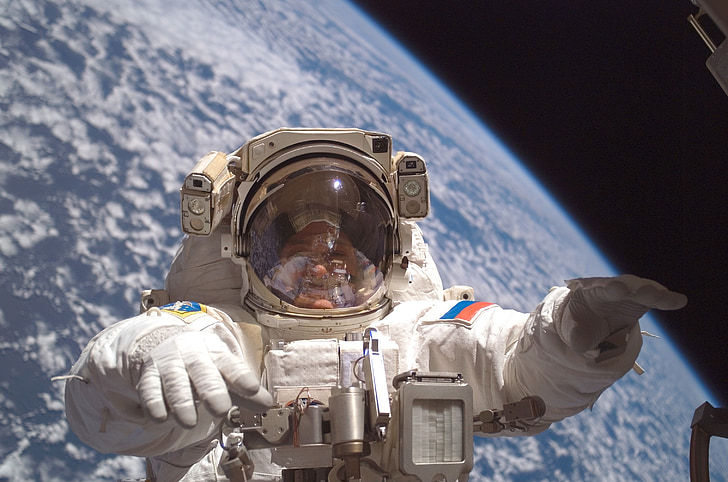
8. Educating the Next Generation
Between the high‑tech payloads, Dragon also brought back educational materials from the Story Time from Space project, in which astronauts read science, technology, engineering, and math ‑themed books on‑orbit. Although not an engineering experiment, such outreach helps develop the human capital necessary to support these technological capabilities today’s inspired students become tomorrow’s spacecraft designers, robotics engineers, and mission planners.
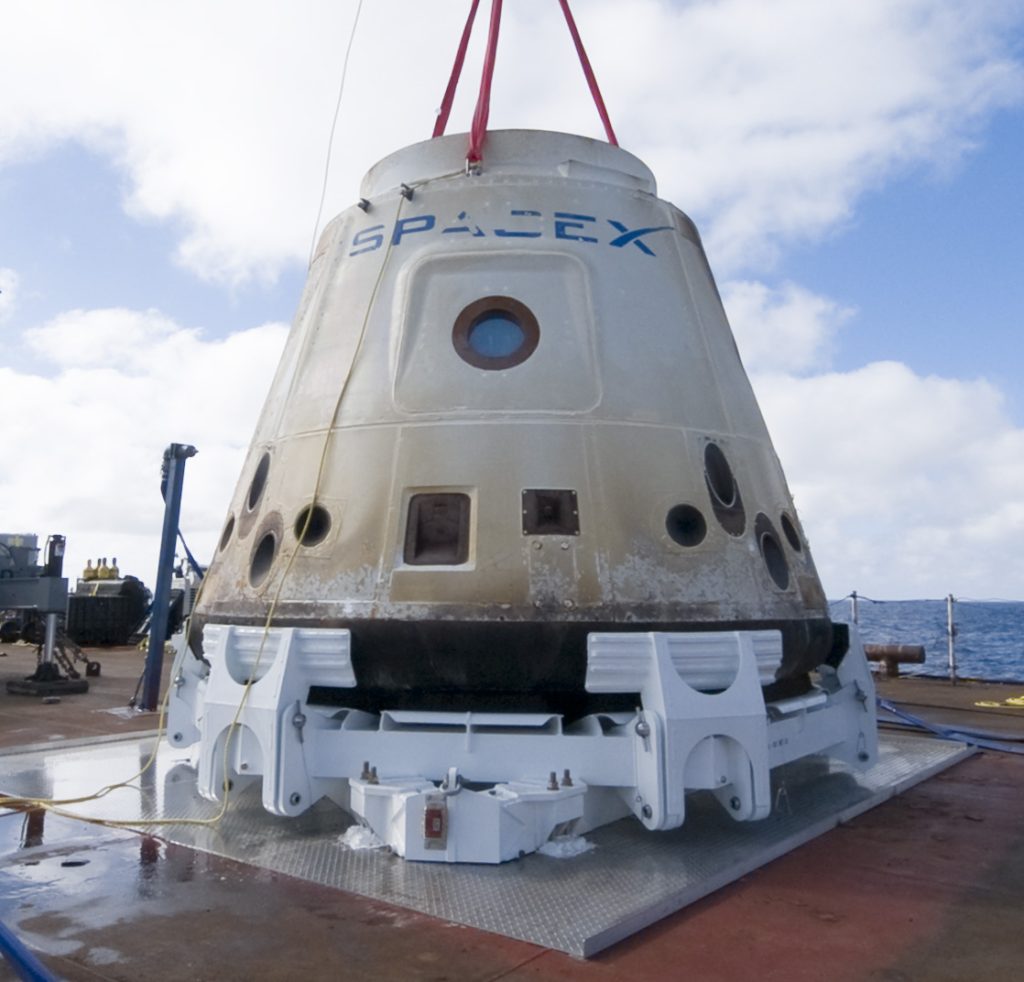
From protecting astronauts from cosmic radiation to providing robots with the dexterity to sweep up space junk, and from squeezing terabytes of spectral data into a tight package to getting it delivered in a matter of seconds, the Dragon’s return cargo is a snapshot of the engineering challenges that characterize the future of space operations.
